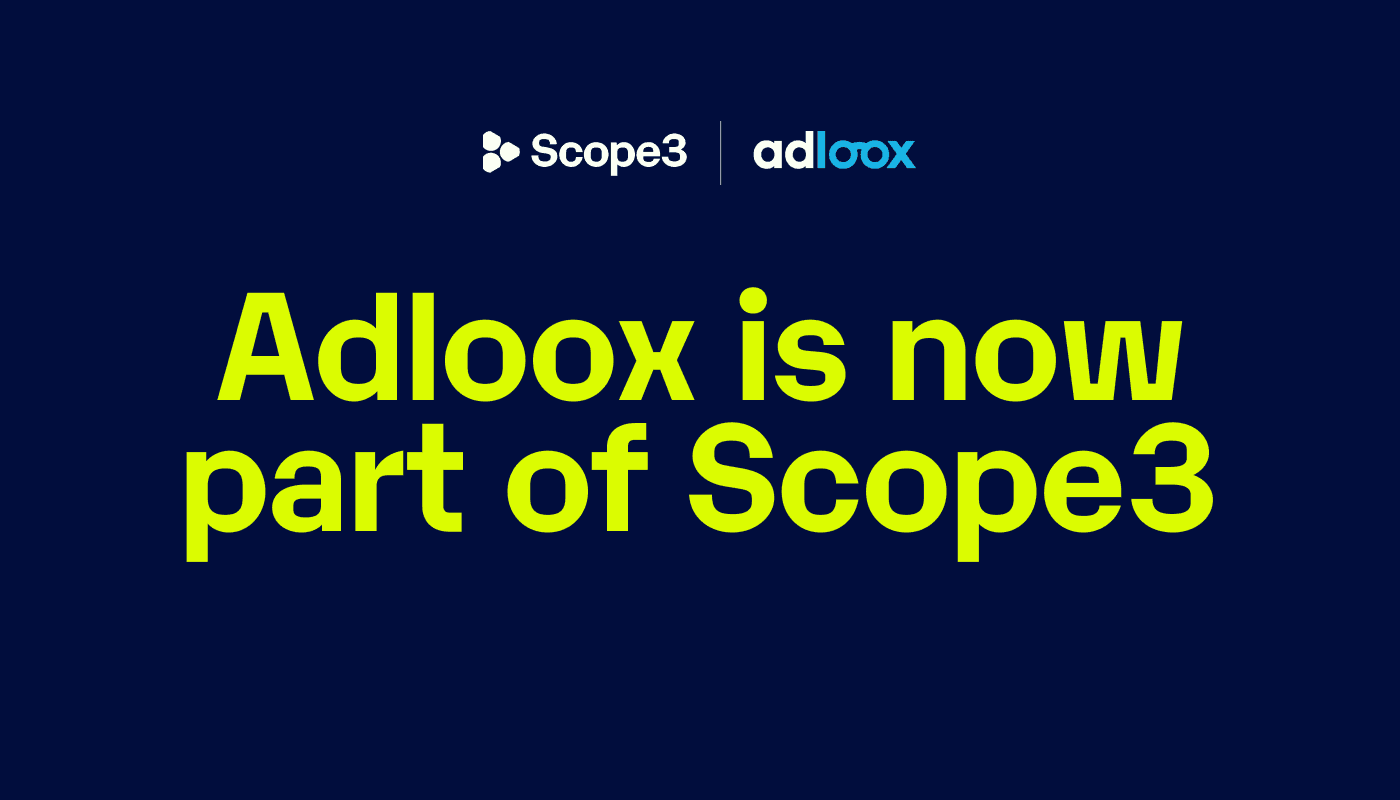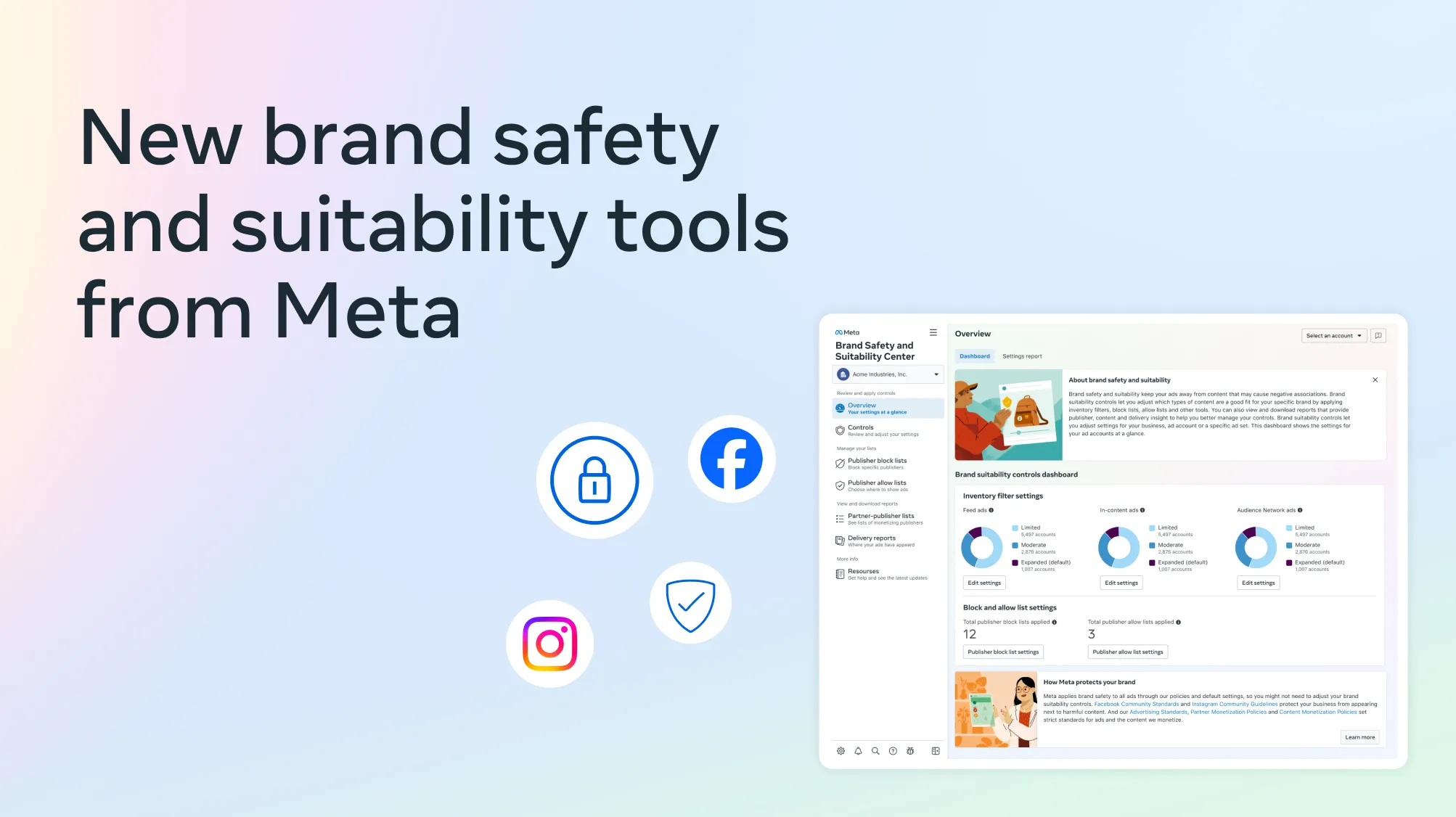Resources
20 juil. 2020
Let's start with a little bit of “history”. February 2020 the Media Rating Council (MRC) releases the first update of the IVT (Invalid Traffic) guidelines - “a draft subject to comments” . June 2020, the 25th, the final version is publically released. "Accredited Services (Vendors) have a one year grace period to be in compliance with these new guidelines". Basically, we had 12 months to adapt our roadmap accordingly and make sure everything was live and running (and efficient) - seems a lot, it is not.
But what does it mean? New guidelines for what?
These guidelines have been edited for two main reasons:
1. The Multiplication of delivery support and standards.
CTV / OTT / InAPP / OMSDK /VAST / VPAID / MRAID / SSAI / (...) / Walled Gardens...
Unfortunately, as one of many examples, you don’t track CTV the same way you track desktop display or video.
Often you can get stuck with a simple pixel or an API feed (fed by the sensors of the publisher - yikes), not great for efficient fraud detection, right?
These limitations and boundaries are usually set by the platform under the guise of protection of the user’s privacy - fair enough.
That is why, MRC came up with the idea that the less data points you get when you track, the more you should do during the onboarding phase, some sort of due diligence of who you’re working with to understand if they are 'dodge' or clean… Adding to this, periodic procedures and checks to make sure that these - few - data points are reliable.
MRC is also asking to segregate the data and disclose clearly to clients the limitations. It’s a shame that marketing isn’t in the scope of MRC and their auditors.
Imagine what it would look like with a bit more transparency and honesty:
Insta filter on: We have a new CTV integration in prebid that will reduce fraud to 0%!
Insta filter off: Wait, actually we can only track with a pixel a couple of data points that are useless and we pretend it is enough, sounds good, right?
Unfortunately there isn’t a perfect thing to do other than ask/beg/force suppliers to allow JS/VAST >4.0 or OMSDK. We got there with Inapp, it took us a while, for sure as an industry we will get there with CTV (note: not mentioning the WGs)
2. "Get better at catching the bad guys (please)!" Fraud evolves, and fraudsters are getting good.
That's why the industry and the MRC are asking more from these vendors claiming they can catch “Sophisticated” Invalid Traffic - the famous SIVT. For example:
Automated browsing from a dedicated device
Incentivized human invalid activity
Manipulated activity
Falsified measurement events
...
Some services (vendors) already had these - or at least some - metrics available for clients. It was “a nice to have” in the MRC accreditation requirements, it is now a “must have”. Some will say it is not enough - they are right, but it is a good thing for the industry and definitely what we want to see moving forward, more controls, transparency, better tech, etc...
Take it this way, in this beautiful world of adtech (check lumascape), not many technologies are actually audited by a third party auditor for what they report, how they report it and more importantly, how they came up with numbers in the first place. Back to this: “Accredited Vendors have one year period grace”
Where do we stand today (2021 November 23)?
A big majority of this list should be in compliance by the end of year, at least that's what we think… If it’s not the case, well, some might have an issue (that is also what we think, but we might be wrong). The Media Rating Council is updating on a continuous basis the status of vendors and platforms on their site.
What’s next?
We can only hope new guidelines will come more regularly. Industry is moving fast, so are the fraudsters. It is key for who spends the money (the advertisers) to keep and maintain a level of “excellence”. As technology providers, we should not feel OK to make evolutions every two or three years.




